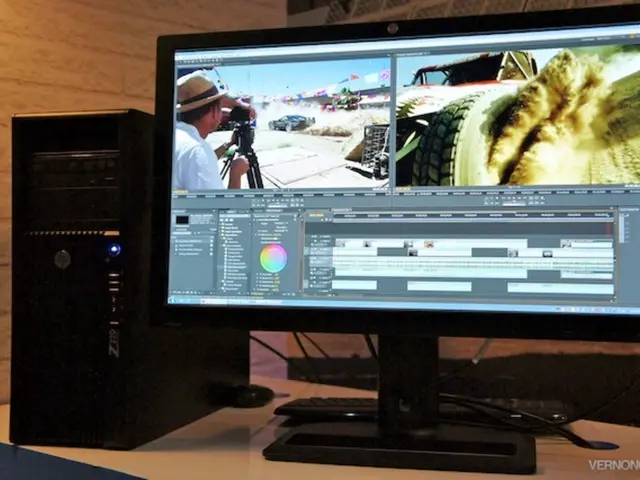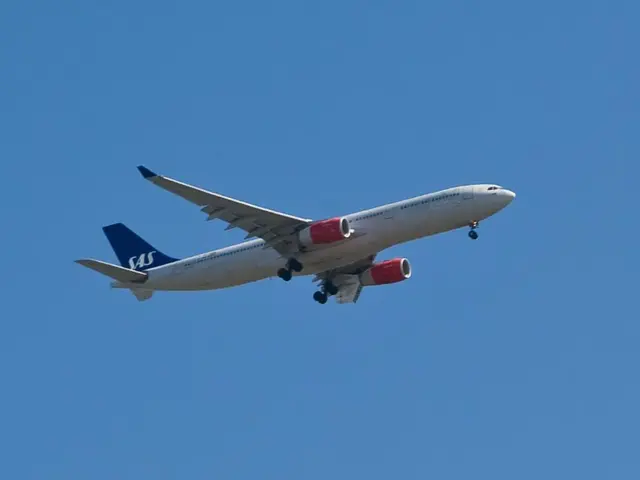Robotics Complexities Ranked in Order of Difficulty
In the upcoming decades, the frontier of robotics is expected to be autonomy. This requires the integration of world models, large-scale reasoning, and embodied AI to navigate and adapt to the complexities of the physical world.
However, the difficulty of achieving autonomy is extreme. Robots must interpret complex, dynamic environments with incomplete information, make real-time decisions, and exhibit common sense reasoning, all while recovering from failures in unpredictable conditions. These challenges are cognitive in nature, making them the hardest problems in robotics.
Locomotion, while challenging, is relatively easier compared to autonomy. Pioneers like Boston Dynamics, Tesla, Agility, and Honda have made significant strides in this area, resulting in robots that can walk, run, and even dance with impressive agility.
Above locomotion lies dexterity, the ability to manipulate objects with human-like precision. Medium-term breakthroughs are expected to push dexterity closer to human levels, enabling robots to handle the messy physical world through advances in tactile sensors, force feedback, and fine motor control.
The hardest problems in dexterity include estimating object properties in real time, coordinating multiple fingers or effectors, maintaining force precision, and closing control loops under uncertainty. The 2020s are a decade of accelerated dexterity research, driven by advances in vision models, tactile sensing, and reinforcement learning.
True general-purpose robots, capable of replacing human labor broadly, depend on solving the autonomy challenge. Near-term commercialization will see robots combining solved locomotion with limited dexterity scaling in warehouses, logistics, and manufacturing.
The field of robotics is structured around distinct layers of difficulty: locomotion, dexterity, and autonomy. Each layer builds on the last, with computational requirements and complexity increasing exponentially at each step. Requirements for locomotion include embedded CPUs (~50W) and control algorithms, while requirements for dexterity include high-power GPUs (~200W) for vision processing. For autonomy, cutting-edge GPUs (700W+) capable of real-time AI inference are necessary.
Leading companies in robotics autonomy include tech giants like Google, Baidu, and Mobileye, who focus on developing robot taxis; automotive firms such as Mercedes-Benz and BMW are pioneering autonomous driving technology with Level 3 systems; and companies like MBody AI work on embodied AI for adaptable autonomous robots across industries. Additionally, defense firms like Rheinmetall, Helsing, and Arx Robotics advance autonomous robotic systems for military applications.
In conclusion, the future of robotics lies in the successful integration of autonomy, dexterity, and locomotion. Each step brings its own set of challenges, but with continued research and development, we are one step closer to achieving true general-purpose robots.
Read also:
- EPA Administrator Zeldin travels to Iowa, reveals fresh EPA DEF guidelines, attends State Fair, commemorates One Big Beautiful Bill
- JPMorgan Chase Announces Plans for a Digital Bank Launch in Germany's Retail Sector
- Derrick Xiong, one of the pioneers behind the drone company EHang
- Solar energy advancement in China signals cautious enthusiasm, highlighting progress in AI technology for solar energy production.







